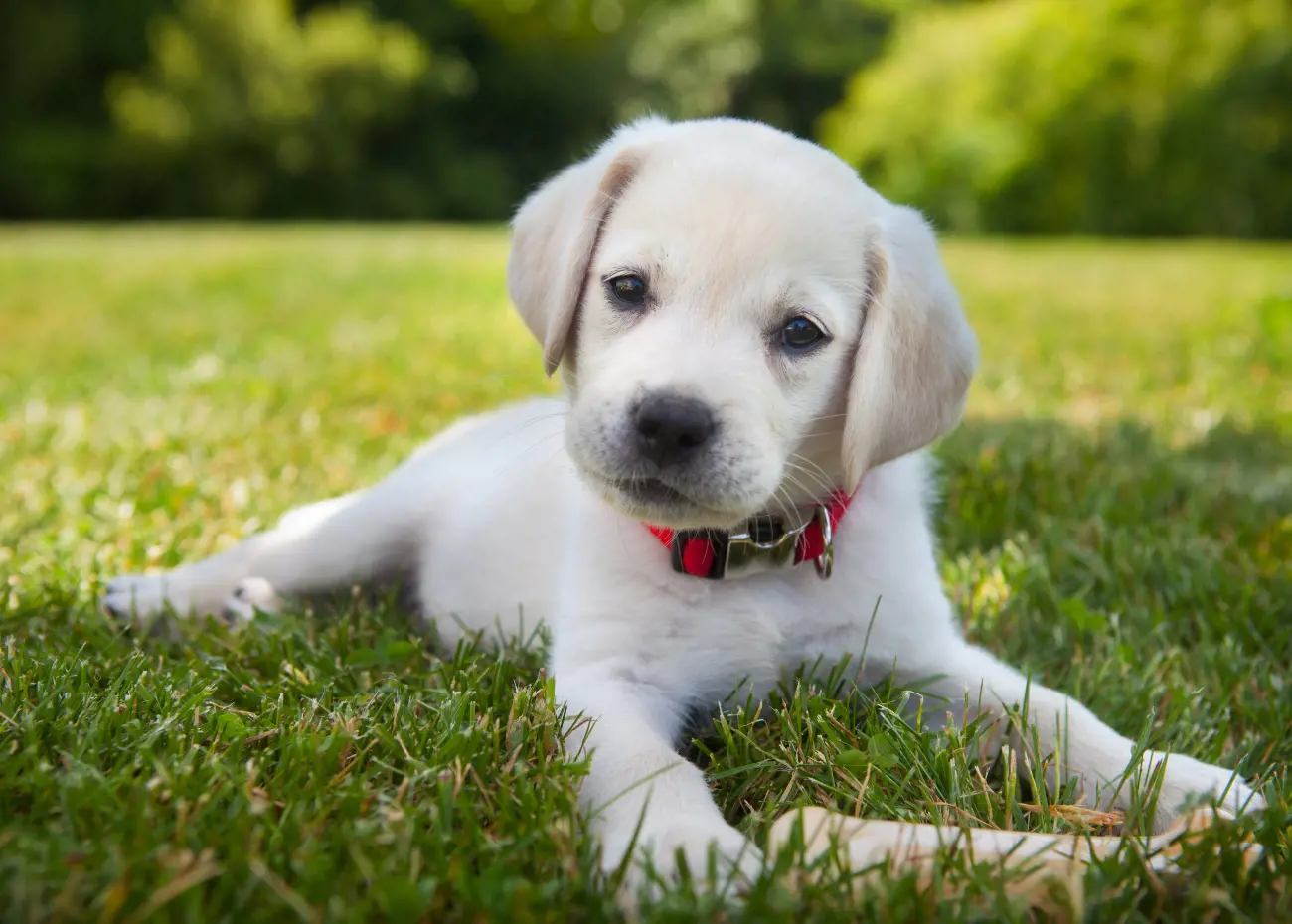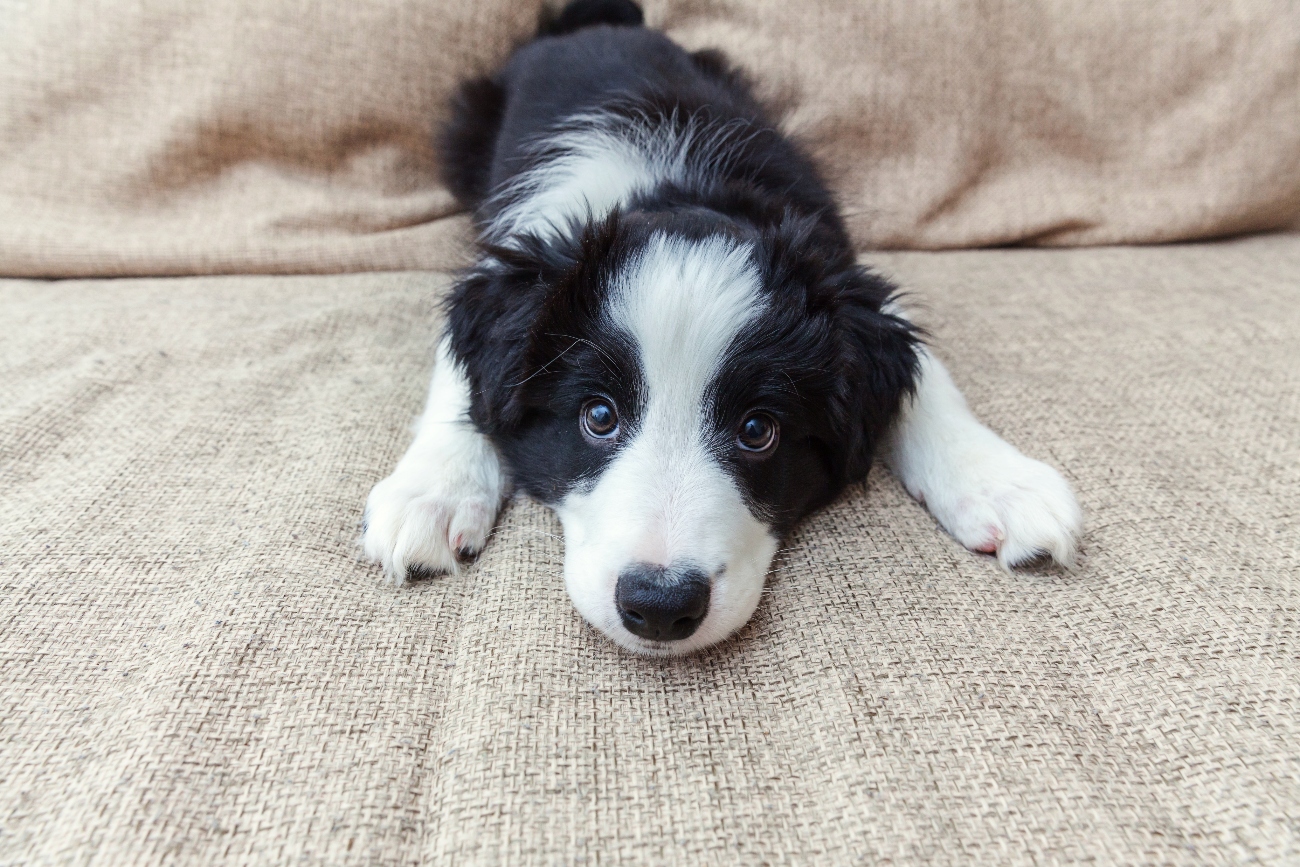How to train a puppy
30th November, 2023

Introduction
Training a puppy is an essential part of pet ownership. It helps establish a strong bond between the owner and the pet, ensures the pet’s safety, and also makes cohabitation easier and more enjoyable.
Note: "Remember, training your puppy is not a one-time event. It requires encouragement, patience, consistency, practice and commitment."
How old should a puppy be to start training?
So, you've just welcomed a new furry friend into your family and you're wondering "how old should a puppy be to start training?" This is a question every new dog owner asks and rightfully so. It's important to start training your puppy at the right age.
While every dog is unique and may respond differently, it is generally agreed upon by veterinarians and dog trainers that training can begin as soon as a puppy is 7-8 weeks old.
At seven weeks, your little bundle of joy has enough control of its bladder and bowel movements, making it an ideal time to start house-training.
This is also the perfect time to introduce basic commands like 'sit', 'stay', and 'come'. Remember, puppies are like little sponges at this age, ready to absorb everything you teach them.
However, it's important to remember that training should be a gradual learning process. Don't expect immediate perfection. Patience is the key. Also, keep training sessions short and fun. Puppies have a short attention span and can easily get bored or tired.
Positive reinforcement like treats and praises will go a long way in helping your puppy understand what's expected of them. So don't wait or delay, start training your puppy today!
Understanding puppy behaviour
Before you start training your puppy, it's crucial to understand their behaviour. Puppies are naturally curious, playful, and full of energy.
They love to explore, chew on things, and are easily excited. These behaviours are normal, but they can also lead to potential problems if the behaviour is not properly managed.
Creating a training schedule
A house training schedule provides a structured way to teach your puppy. It should be consistent, with specific times for meals, playing, training, and sleep.
This not only helps the puppy understand what's expected of them but also helps them feel secure. Find out more on unleashing fun and fitness with your furry friend from our blog post.
What are the 7 commands to teach young puppies?
1. Sit Command: This is usually the first command taught to puppies. It is the simplest command, requiring you to hold a treat close to your puppy's nose and then moving it upwards, prompting them to sit down. Once they sit, say "sit", give them the treat and share some positive affection.
2. Down Command: This is slightly more difficult since it requires your pet to move into a submissive pose . Hold a treat near your dog's nose, move your hand down towards the floor, and they should follow. Once they are 'lying down', say "down", reward them with the treat and give them positive feedback.
3. Stay Command: This command is important for their safety. Ask your puppy to "sit" or "down". Then, open the palm of your hand in front of you, and say "stay". Begin to move back slowly, if they stay, reward them with the treat and appreciation.
4. Come Command: This command is essential for calling your dog back to you. Put a collar and leash on your puppy, kneel to their level and say "come" while gently pulling on the leash. When they come to you, reward them with a treat and show affection.
5. Leave it Command: This command helps keep a dog safe when it's about to take something dangerous. Place a treat in both hands, show them one enclosed fist with the treat inside, and say "leave it". Ignore the behaviors they show to get the treat. Once they stop trying and back off, give them the treat from the other hand.
6. Heel Command: This command is useful for walking your dog. Start by having your puppy next to you and say "heel" while walking. If they start to pull or get ahead of you, stop walking. Only continue when they come back to your side and calm down. Reward them for staying close to you.
7. Off Command: This command is used to keep your dog from jumping on people or furniture. If your puppy jumps on you, turn your back and ignore them while saying "off". When they have all their four paws back on the ground, reward them with a treat
The role of reward-based training
Reward-based training is a method where desirable behaviours are rewarded, and undesirable behaviours are ignored or redirected. It’s a positive way to train and encourage positive behaviour in your puppy. Find more information and tips on reward-based training from our dog training 101 guide.
How to train a puppy not to bite
Puppies often use their mouths to explore their environment, which can sometimes lead to biting. Teaching your puppy not to bite involves discouraging the behaviour and redirecting their attention to an appropriate chew toy.
How long does it take to train a puppy not to bite?
Training a puppy not to bite is a crucial part of their development and ensuring they grow into a well-behaved, friendly dog. But how long does it take to train a puppy not to bite? Well, the answer largely depends on the individual puppy, their breed, and your consistency in training.
Typically, it can take anywhere from two weeks to a month to effectively communicate to your furry friend that biting isn't acceptable behaviour. Remember, puppies naturally explore the world with their mouths, so patience is key here.
The process involves teaching them bite inhibition – the ability to control the force of their bite. It includes redirecting their biting to appropriate items like chew toys and using positive reinforcement when they follow this redirection.
It's also important to socialise them with other dogs as this can teach them the basics of bite control. The journey to a bite-free life with your puppy requires dedication, consistency, and a lot of positive reinforcements. But don't worry, with time, your little furball will get the hang of it!
Addressing unwanted puppy behaviours
Despite your best efforts, your pup may still engage in unwanted behaviours such as chewing on furniture, jumping on people, or barking excessively. Addressing these behaviours involves understanding the cause and finding appropriate solutions.
Potty training your new puppy
House training your puppy is an essential aspect of pet ownership. It involves creating a consistent schedule, observing your puppy for signs that they need to relieve themselves, and rewarding them when they do their business in the appropriate place.

How long does it take to train a puppy to pee outside?
Training a puppy to pee outside is a crucial part of puppy training, and it's a question that many new pet owners have. How long does it take to train a puppy to pee outside?
The answer varies based on the breed, age, and the individual temperament of the puppy. However, generally, it can take anywhere between 4-6 months for a puppy to be fully house-trained. But, some puppies might take up to a year.
The process involves consistency, patience, and positive reinforcement. Puppies are typically able to control their bladder by the time they are 12 weeks old.
From this age, toilet training can begin in earnest. You'll need to maintain a strict schedule of meals, play times and potty breaks. Remember, rewards and praises are key in this training phase!
If you're struggling with this task, don't beat yourself up. It's a significant challenge for many pet owners. Seek advice from a professional dog trainer or your vet if you're having persistent trouble with house training your pup.
Remember, each puppy is unique and will learn at their own pace. Stick with it and soon enough your puppy will be fully trained to pee outside.
The importance of socialising your new puppy with other dogs
Socialisation is a crucial part of a puppy's development. It involves exposing your puppy to a variety of people, environments, and other animals in a safe and positive manner. Check out our good behaviour dog training series to help support you on your journey for a well behaved pup.
Conclusion
Most puppies requires a lot of patience and understanding. However, the effort you put into it will pay off in the long run, resulting in a well-behaved, balanced, and happy dog.
Additional Information: "To get a pet insurance quote for your beloved pet you can get a quote through our website. If you would like to talk to one our pet insurance team, you can get in touch with us on 0333 003 2271."
Helpful Pages
Recent Posts
Pet Insurance Quote
- 98% claims paid *
- Claims paid directly to vets
- 24/7 vet video consultations
- Interest free monthly payments




